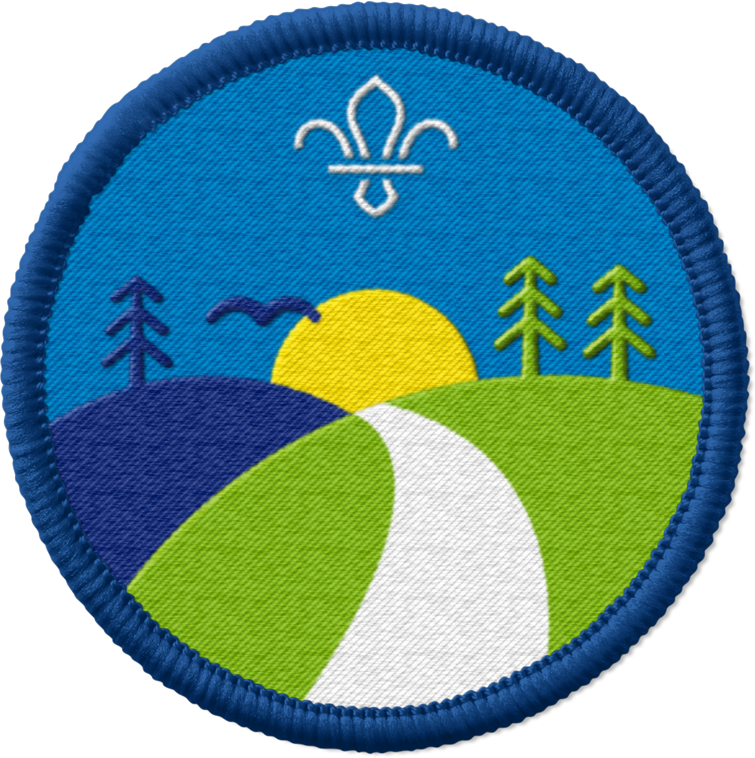
Naughty elephants spray water
Before you begin
- Use the safety checklist to help you plan and risk assess your activity. Additional help to carry out your risk assessment, including examples can be found here. Don’t forget to make sure all young people and adults involved in the activity know how to take part safely.
Learn the points
- The person leading the game should ask if anyone knows what a ‘cardinal’ point is. These are the four main directions (or points) on a compass: North, East, South, West.
- Everyone should try and come with their own way of remembering the points. People often use sayings with four words that start with n, e, s, then w - the proper name for these sayings is ‘mnemonics’. You could say ‘never eat soggy wheat’, ‘naughty elephants spray water’, or ‘nobody enjoys stinging wasps’ - just make sure you remember to go the right way (clockwise) around the compass.
Play the game
- Explain to everyone that each side of the meeting place represents a compass point (north, east, south, and west).
- Everyone should stand in the middle. Call out a compass point, and everyone should run to the correct side of the space.
- Keep calling out compass points.
- Once everyone feels a bit more confident, the person leading the game should include some more actions, for example:
-
- ‘broken compass!’ (everyone should spin on the spot),
- ‘we’re lost!’ (everyone should pull a confused face),
- ‘exploring!’ (everyone should walk with their hands cupped around their eyes like binoculars),
- and ‘upside down map!’ (everyone should mix up and walk around the room).
- Keep playing until everyone is confident that they know their way around a compass.
Reflection
This activity helped you to develop skills. Why is it useful to know the points of a compass? What does a compass do? When might you use a compass? What else do we use the directions for (for example, describing wind)? Almost every language has a word for north, south, east, and west – why do you think these directions are so important?
This activity was also a chance to be active. Did you enjoy being active in a game, or do you prefer another way to be active? Which skills did you use in this game – did you need to be fast, or agile if the directions changed fast? What about extra actions – did they need you to balance, or stretch, or use your body differently? Did you prefer the moving or the actions? Is your favourite way to be active like this game, or is it very different?
Safety
All activities must be safely managed. You must complete a thorough risk assessment and take appropriate steps to reduce risk. Use the safety checklist to help you plan and risk assess your activity. Always get approval for the activity, and have suitable supervision and an InTouch process.
- Active games
The game area should be free of hazards. Explain the rules of the game clearly and have a clear way to communicate that the game must stop when needed. Take a look at our guidance on running active games safely.
- You could label each side of the room with their compass direction, then remove the labels once people become more confident.
- You can add as many extra actions as you like, and add them whenever you like, depending on how tricky everyone finds the game.
- People could choose a direction by pointing their arms, legs, or head (instead of walking or running), if that works better for them.
- Make sure any actions you add in work for everyone playing.
All Scout activities should be inclusive and accessible.
If you add (and explain) northeast, southeast, southwest, and northwest, this game would meet requirement six of stage two of the Navigator Staged Activity Badge.

